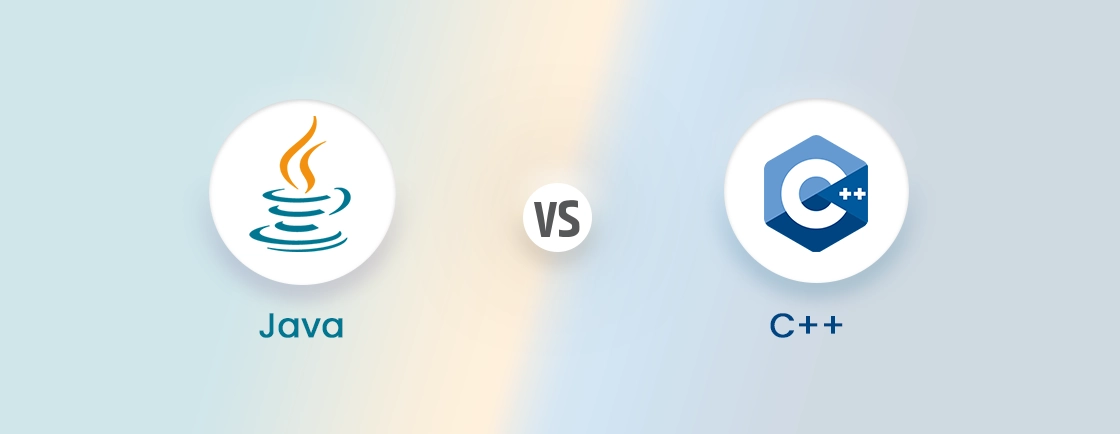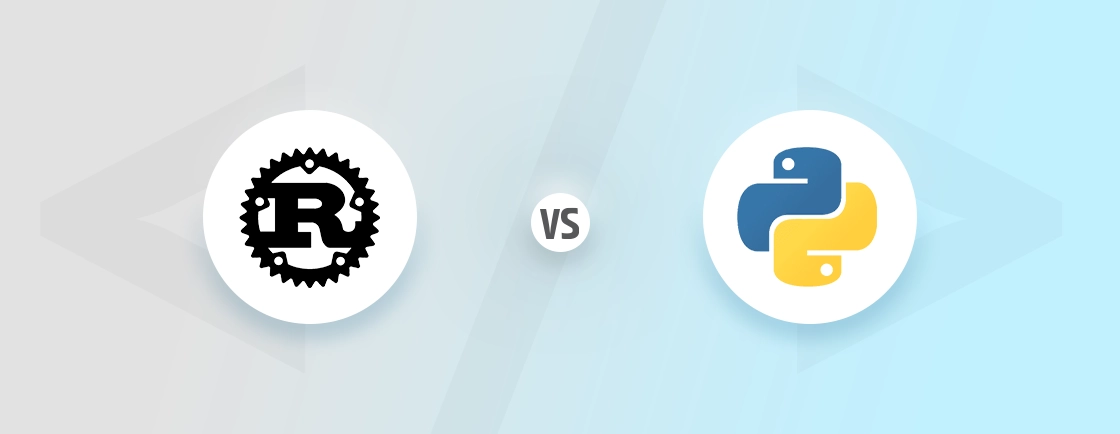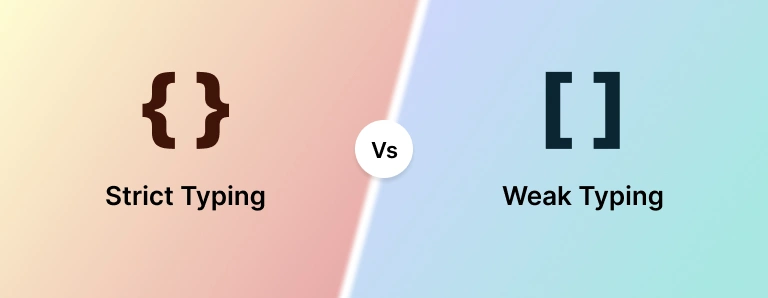Table of Contents
When trying to build a high-quality website, a good content management system goes a long way. Two that end, two of the most popular options are Sitecore and Drupal, each with distinct strengths and weaknesses.
Sitecore excels in personalized, enterprise-level digital experiences with robust marketing tools. Drupal, on the other hand, offers unmatched flexibility and open-source adaptability for complex, high-traffic sites.
Through this blog, we’ll try to compare Sitecore vs Drupal based on factors like content management, headless approach, performance, etc. And I’ll give you an idea on how the web development experts choose between them for their projects. Let’s begin.
Sitecore vs Drupal: Comparison Table
| Factor | Sitecore | Drupal |
|---|---|---|
| Type | Proprietary (Paid) | Open-Source (Free, with paid enterprise options) |
| Best For | Enterprise-level digital experience platforms (DXP) | Highly customizable, large-scale websites |
| Ease of Use | User-friendly for marketers (drag-and-drop) | Steeper learning curve (developer-heavy) |
| Personalization | Advanced AI-driven personalization | Limited (requires modules/extensions) |
| Scalability | Highly scalable (cloud & on-premise) | Extremely scalable (handles high traffic well) |
| Security | Enterprise-grade security | Strong, but requires manual updates |
| Multilingual Support | Built-in, robust | Supported (via modules) |
| Integrations | Seamless with Microsoft & marketing tools | Flexible (APIs & custom modules) |
| Cost | High licensing fees | Free core, but development costs add up |
Sitecore is ideal for enterprises needing personalized, omnichannel experiences with deep marketing automation. But Drupal suits organizations prioritizing flexibility, scalability, and open-source control for complex websites.
Overview of Sitecore
Sitecore is a leading proprietary content management system (CMS) and Digital Experience Platform (DXP) designed for large enterprises that demand personalization, omnichannel delivery, and AI-driven marketing automation.
Unlike open-source alternatives, Sitecore provides an all-in-one solution for managing content, customer data, and marketing campaigns in a unified ecosystem.
Key Features of Sitecore
- Headless & Hybrid CMS: Supports traditional and headless architectures for flexible content delivery.
- AI-Powered Personalization: Uses Sitecore AI and xDB (Experience Database) for real-time customer insights.
- Marketing Automation: Built-in tools for A/B testing, email campaigns, and customer journey orchestration.
- Scalability & Security: Enterprise-grade infrastructure with cloud (Sitecore XM Cloud) and on-premise options.
- Commerce Integration: Seamlessly connects with Sitecore OrderCloud (MACH-based composable commerce).
- Multilingual & Global Support: Strong localization features for international businesses.
Pros of Sitecore
- Best-in-class personalization (AI-driven, omnichannel)
- All-in-one marketing tools (A/B testing, automation)
- Enterprise security & compliance (GDPR, HIPAA-ready)
- User-friendly for marketers (drag-and-drop editing)
- Seamless Microsoft integrations (Azure, Dynamics 365)
Cons of Sitecore
- Expensive licensing & implementation
- Vendor lock-in (less flexibility than open-source)
- Requires .NET developers (limited talent pool)
- Overkill for simple websites
- Slower updates (dependent on vendor)
If budget and scalability are top priorities, Sitecore stands out. But for smaller businesses, open-source alternatives like Drupal may be more cost-effective.
Overview of Drupal
Drupal is a highly customizable, open-source CMS trusted for building complex, high-traffic websites and applications. It’s known for its robust security, scalability, and developer-friendly architecture.
This CMS is ideal for organizations that need full control over their digital experience without vendor lock-in.
Key Features of Drupal
- Open-Source & Free: No licensing costs, with enterprise support available (Acquia, Platform.sh).
- Extreme Flexibility: Modular architecture allows deep customization for websites, portals, eCommerce, and SaaS apps.
- Enterprise-grade Security: Used by governments (White House, NASA) due to rigorous security protocols.
- Scalability: Handles millions of users (e.g., Pfizer, Tesla, The Economist).
- Headless & API-First: Decoupled Drupal supports React, Vue, and mobile apps via JSON:API.
- Multilingual & Accessibility: Strong built-in support for 100+ languages and WCAG compliance.
Pros of Drupal
- Open-source & free (no licensing costs)
- Unmatched flexibility (custom modules, APIs)
- Handles massive traffic & complexity
- Strong security & compliance (government-trusted)
- Huge developer community (1M+ contributors)
Cons of Drupal
- Steep learning curve (not marketer-friendly)
- Higher dev costs (needs Drupal expertise)
- No built-in marketing tools (requires add-ons)
- Slower performance without optimization
- Themes/modules can conflict
If you prioritize flexibility, security, and scalability over out-of-the-box marketing features, get help from our Drupal development company.
Detailed Difference Between Sitecore & Drupal
Choosing between Sitecore (enterprise DXP) and Drupal (open-source CMS) depends on your organization’s needs. But first you need to see how they compare on the key factors.
Learning Curve
Sitecore requires familiarity with .NET, MVC, and its proprietary architecture, making it challenging for beginners. Marketers benefit from its intuitive Experience Editor, but developers need specialized training.
Drupal has a steeper technical learning curve due to its PHP-based architecture and dependency on modules. While its UI has improved, complex customizations demand deep developer expertise.
Verdict
Drupal is harder to master, while Sitecore offers guided onboarding for enterprises.
Headless Development
Sitecore supports headless architectures through Sitecore JSS (JavaScript Services) and XM Cloud, allowing developers to use modern frameworks like React, Vue, or Angular while still leveraging Sitecore’s backend for content management.
It integrates smoothly with .NET APIs, making it a strong choice for enterprises already invested in Microsoft technologies. However, going fully headless with Sitecore can be expensive due to licensing and infrastructure costs.
Drupal is a leader in headless CMS solutions, thanks to its built-in RESTful and JSON:API support. Developers can easily decouple Drupal’s backend from any frontend, whether it’s a mobile app, a static site (like Gatsby), or a custom web application.
The open-source nature means no licensing restrictions, but performance optimization (like caching strategies) becomes crucial for large-scale implementations.
Verdict
Drupal is more developer-friendly for headless; Sitecore provides polished enterprise solutions.
Content Management
Sitecore excels in marketer-friendly content management, offering drag-and-drop editing, inline previews, and workflow approvals right out of the box. Its Experience Editor allows non-technical users to personalize content for different audiences without coding.
Large enterprises benefit from content hubs and multisite management, though complex taxonomies require developer setup.
Drupal provides granular control over content structures but relies on modules like Paragraphs, Layout Builder, or Views for advanced content modeling. While powerful, these require technical configuration.
Drupal’s flexibility makes it ideal for large, content-heavy sites (e.g., news portals, universities), but marketers may find it less intuitive than Sitecore.
Verdict
Sitecore wins for non-technical users; Drupal offers finer control for developers.
Performance
Sitecore, being a .NET-based platform, can be resource-intensive, especially when running personalization and analytics features. Optimizing performance requires caching strategies, CDN setups, and sometimes XM Cloud hosting for better scalability. Large implementations may need dedicated infrastructure tuning.
Drupal is lighter by default but can slow down with too many unoptimized modules. Proper caching (Varnish, Redis) and database tuning (MySQL, PostgreSQL) are essential for high-traffic sites. When optimized, Drupal can handle millions of page views efficiently, as seen in large media and government sites.
Verdict
Both perform well when optimized; Drupal is leaner, and Sitecore scales predictably.
Security
Sitecore follows enterprise-grade security practices. That is, along with regular patches, Active Directory integration, and compliance with GDPR, HIPAA, and SOC 2. However, since it’s proprietary, users depend on Sitecore’s timeline for vulnerability fixes.
Drupal has a strong security reputation, with a dedicated team and community reviewing vulnerabilities. Being open-source, patches are released quickly, but unmaintained custom modules can introduce risks. High-profile users (like governments) choose Drupal for its transparent security model.
Verdict
Sitecore offers turnkey security; Drupal is robust but demands manual upkeep.
Multilingual Functionality
Sitecore includes built-in multilingual support with language fallbacks, translation workflows, and global dashboards. That makes it ideal for multinational corporations. Content can be localized efficiently, and integrations with translation services (like Lingotek) are seamless.
Drupal supports multilingual sites via modules like Content Translation and Language, but setup requires more manual configuration. Once implemented, it handles complex language hierarchies well, though marketers may find Sitecore’s UI more intuitive.
Verdict
Sitecore simplifies translations; Drupal supports more intricate multilingual needs.
Website Design
Sitecore uses Helix architecture for modular theming, ensuring consistency across large sites. However, design flexibility is limited without .NET expertise, and customizations often require developer intervention.
Drupal leverages Twig templating and theme layers, allowing pixel-perfect designs. Frontend developers appreciate the freedom to create custom layouts, though theming can be complex for beginners.
Verdict
Drupal wins for bespoke designs; Sitecore prioritizes speed and consistency.
Integration Capabilities
Sitecore integrates seamlessly with Microsoft products (Azure, Dynamics 365, Power BI) and marketing tools (Salesforce, Marketo). Its API ecosystem is robust but tailored for enterprise tech stacks.
Drupal connects with almost any third-party service (eCommerce, CRM, analytics) via REST, GraphQL, or custom modules. The open-source nature means no vendor lock-in, but complex integrations require development effort.
Verdict
Sitecore excels in enterprise ecosystems; Drupal is more adaptable but labor-intensive.
Final Verdict
Choose Sitecore if you’re a large business with a budget for licensing. It gives you an all-in-one marketing and content hub.
On the other hand, you can choose Drupal if you need full control over your digital experience. Plus, it would be suitable if you have developer resources, and prioritize open-source solutions.
You can opt for our professional web development services. We jot down the different platforms for your project and choose based on comparisons like these. So your website gets the best foundation possible.
When to Choose Sitecore & Drupal?
While you understand the difference between these two programs, it may still be unclear as to when to use them. So let’s take a look.
Choose Sitecore If You Need:
- Enterprise-grade Personalization: AI-driven content targeting, A/B testing, and omnichannel marketing.
- All-in-One Marketing Tools: Built-in email automation, analytics, and CRM integrations (like Salesforce/Microsoft Dynamics).
- Microsoft Ecosystem Integration: Seamless compatibility with Azure, .NET, and Power BI.
- Marketer-friendly Editing: Drag-and-drop Experience Editor for non-technical users.
- High Security & Compliance: GDPR, HIPAA-ready with enterprise support.
Choose Drupal If You Need:
- Open-Source Flexibility: No licensing costs, full code control, and no vendor lock-in.
- Complex, High-Traffic Sites: Government portals, universities, and media publishers.
- Developer-First Customization: API-ready for headless, custom modules, and integrations.
- Strong Security & Transparency: Trusted by governments (White House, NASA) with rapid community updates.
- Multilingual & Accessibility: Built-in support for 100+ languages and WCAG compliance.
You can also opt for a hybrid approach. That is, use Drupal for content management and Sitecore for personalization. And of course, you can also migrate from Sitecore to Drupal if you find the latter to be more suitable.
Sitecore vs Drupal: Which is Better?
There’s no definitive answer to which is the better CMS. The better one will be right for your goals. Choose Sitecore if you’re an enterprise looking for an all-in-one digital experience platform (DXP). And choose Drupal if you need a flexible, open-source CMS that scales for high-traffic websites, offers deep customization, and keeps costs low.
Sitecore excels in marketing-driven experiences, while Drupal wins in customizability and cost efficiency. Assess your priorities, resources, and long-term strategy to make the best decision.
So, want the best possible website built on the ideal platform? Then connect with our web development professionals today!
FAQs on Sitecore vs Drupal
Is Drupal harder to maintain than Sitecore?
Drupal requires more technical maintenance due to its modular nature, whereas Sitecore offers vendor-managed updates but at a higher cost.
Can Sitecore integrate with third-party systems as easily as Drupal?
Drupal’s open-source nature allows flexible API integrations, while Sitecore works best with Microsoft-based tools but may need customization for other systems.
Does Drupal scale as well as Sitecore for enterprise use?
Drupal scales efficiently for high-traffic sites (e.g., government portals) but requires optimization. Sitecore is built for enterprise scalability out of the box but demands higher infrastructure costs.
Which platform is more future-proof?
Drupal’s open-source model ensures long-term adaptability, while Sitecore’s enterprise backing provides stability but depends on vendor roadmaps.
Compare the best tech side by side.
Our in-depth comparisons help you see features, pros & cons, and choose the right tools confidently.





